- Write by:
-
Tuesday, April 26, 2022 - 13:21:57
-
552 Visit
-
Print
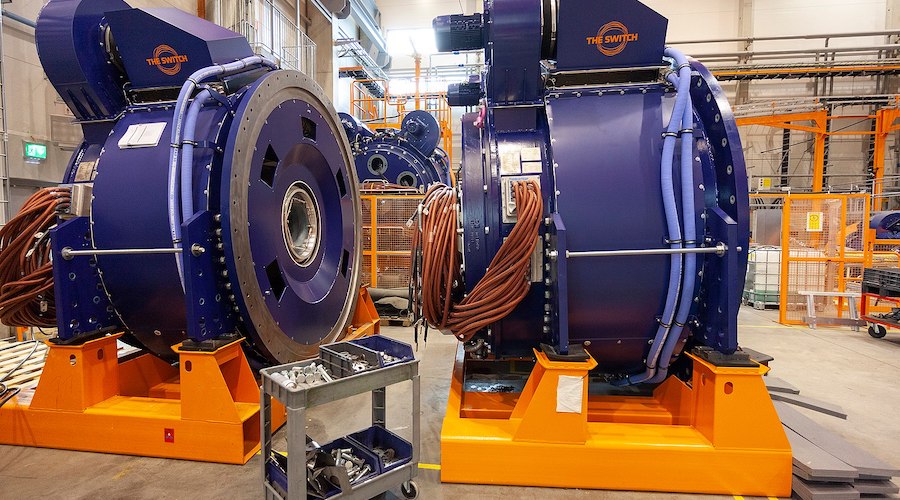
Mining News Pro - Researchers at the Korea Institute of Materials Science (KIMS) have developed rare-earth-saving permanent magnets that can replace the 42M-graded commercial magnets while reducing the amount of neodymium by about 30%.
The domestic market for rare-earth permanent magnets for high-efficiency motors was worth $186 billion per year in 2021, and Korea depends on imports of the material.
In a paper published in the journal Scripta Materialia, the researchers say the technology achieved the commercial level of performance currently used in the industry, even though the amount of high-priced rare-earth resources is reduced.
To develop the Nd-reduced permanent magnet, the content of cerium, an inexpensive element, was increased. However, previous attempts at this endeavour showed a deterioration of the magnetic properties with the increased content of Ce.
This is why the KIMS research team focused on clarifying the reason for and mechanism of the deterioration of the magnetic properties caused by the increased Ce content, and they successfully solved the problem of rare-earth-reduced permanent magnets by controlling the atomic-scale microstructure.
In detail, the group discovered that unnecessary magnetic particles were formed during the manufacturing process, and that was the underlying reason for the deterioration of the magnetic and microstructural properties of the magnets. They modified the microstructure and enhanced the magnetic properties by preventing the diffusion of atoms so that the formation of unnecessary magnetic particles is suppressed.
The research team applied the melt-spinning method and the hot-deformation method, which have very fast cooling rates compared to the conventional process, to the process of fabricating rare-earth-reduced precursors and final bulk magnets, respectively.
As a result, they succeeded in optimizing the microstructure of the magnets by suppressing the formation of unnecessary magnetic particles. In addition, they were able to simultaneously improve the residual magnetization and coercive force, which are the main properties of permanent magnets.
In their view, when this technology reaches its commercial phase, it can be used in high value-added industries such as electric vehicles, drones, flying cars and electric ships that require high-efficiency motors.
“When the technology is commercialized, it will simultaneously solve the resource problems and material, parts, and equipment issues in the domestic rare-earth permanent magnet markets,” lead researcher Tae-Hoon Kim said in a media statement.
“This is only the beginning. With further research in the future, we will spare no effort to lead the development of the domestic rare earth permanent magnet industry.”
Short Link:
https://www.miningnews.ir/En/News/621144
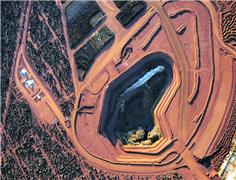
Australian miner Lynas posted a slump in third-quarter sales revenue on Wednesday, missing analyst expectations on the ...
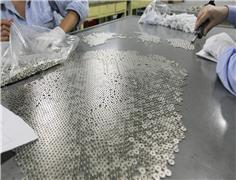
Rare earths prices in top producer China jumped to their highest in more than seven weeks on Monday on a wave of ...

MP Materials announced on Monday it has received a $58.5 million award from the US government to advance the ...
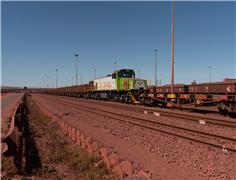
MP Materials announced on Monday it has received a $58.5 million award from the US government to advance the ...

Australia will provide up to A$840 million ($550 million) for the first combined rare earths mine and refinery in the ...

Australian Prime Minister Anthony Albanese said on Thursday the country was raising ties with Vietnam to the level of a ...
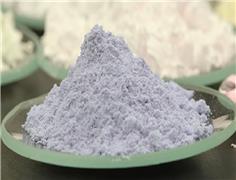
Canada Rare Earth Corp. (TSXV: LL) announced it has established rare earth supply operations in the Democratic Republic ...

Canada plans to boost its energy security by slashing the time it takes to develop new critical mineral mines by nearly ...

Defense Metals says metallurgical testing of samples from its Wicheeda rare earth project in British Columbia has shown ...
No comments have been posted yet ...